At the start of December, Philadelphia City Council passed a bill to restrict the use of pesticides on public land.
Titled “Healthy Outdoor Public Spaces,” the legislation was originally introduced by Councilwoman Cindy Bass to include an all-out ban on synthetic herbicides. This was later walked back to be a restriction in response to criticism, including by environmentalists who spoke up about the need to use pesticides to control invasive plants. The restriction targets only public lands, as Pennsylvania law prevents the city from regulating pesticides on private land.
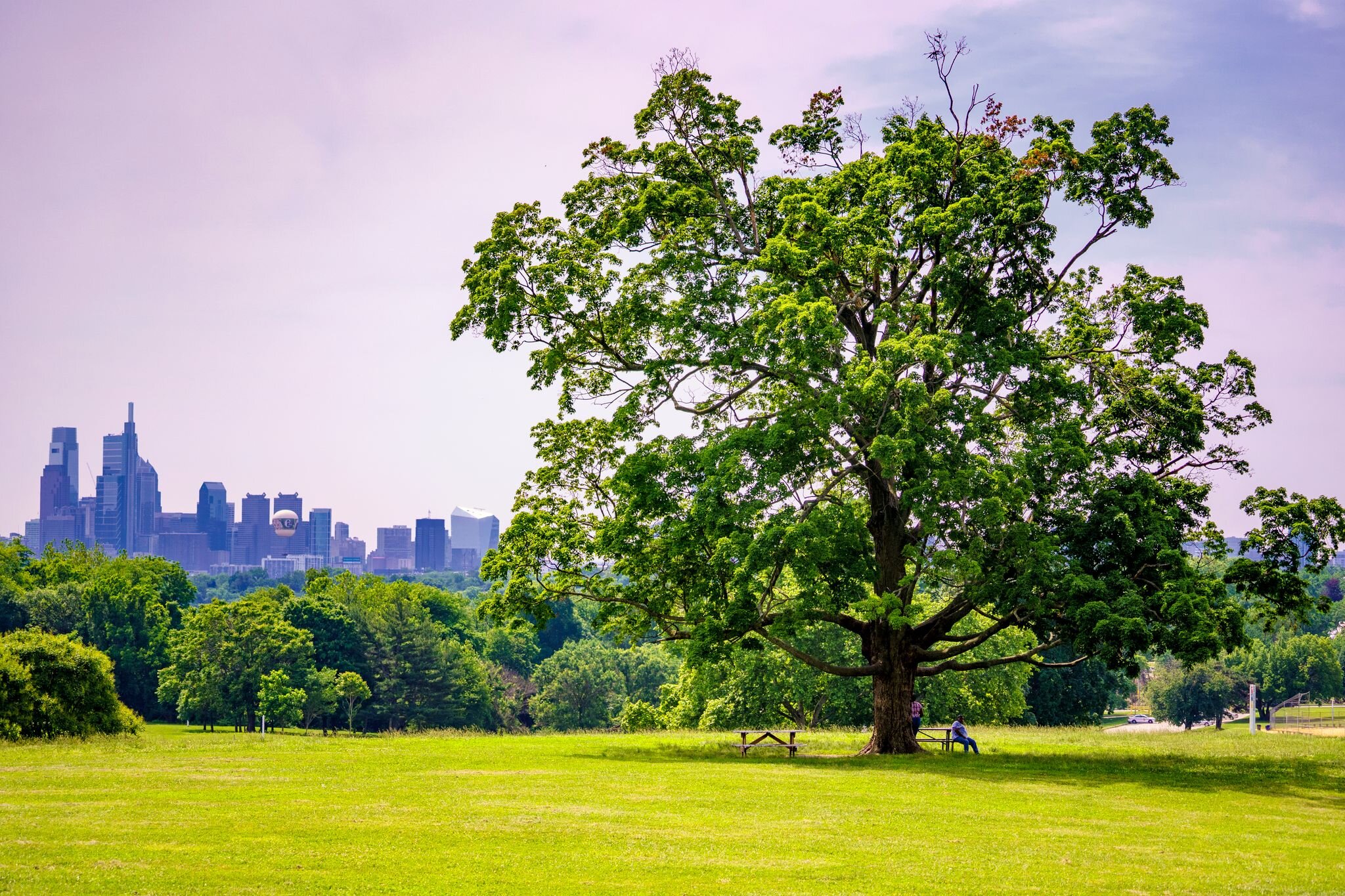
The city will discontinue spraying pesticides within 50 feet of playground equipment, post notices of upcoming and recent pesticide applications, and implement a two-year pilot of organic control methods at selected test sites.
“The goal is that we’re protecting people who use our parks and lessen[ing] their exposure to synthetic herbicides containing chemicals that are toxic,” explains Sabrina Aponte, legislative aide to Councilwoman Bass.
Aponte says the bill was developed in collaboration with Toxic Free Philly, a volunteer group dedicated to restricting the use of synthetic pesticides on city grounds.
“We went to City Hall and met with most of the councilmembers with a draft of the bill, and Cindy Bass was the first to take us up,” says Toxic Free Philly committee member Sadie E. Francis.
Toxic Free Philly was founded in 2018.
“A lot of us were independently very concerned about pesticide use on public land because [we] had witnessed it firsthand,” Francis says. The group’s campaign draws connections between pesticide use and increased rates of cancer, asthma and other illnesses in Philadelphia.
“We’ve always framed it as a public health crisis, because that’s what it is,” Francis says. Toxic Free Philly also describes the spraying of pesticides on public land as a case of environmental injustice. Francis cited a report from The Black Institute that stated that people of color in New York City live in communities where pesticides are often sprayed and stored, and that the workers who apply the pesticides are disproportionately people of color.
However, opponents of the bill when it was an all-out ban argued that limiting the city’s ability to maintain habitat will have an inequitable impact, as Matthew Halley, a PhD candidate in environmental science at Drexel University, said at an October Public Health and Human Services committee hearing.
“Environmental justice is not merely a matter of chemical exposure. It’s about reducing racial disparities in access to native ecosystems and native wildlife,” Halley said.
Others saw things from both sides.
Maura McCarthy, executive director of the Fairmount Park Conservancy, acknowledges that the bill, and the questions it provokes, is shrouded in controversy.
“It’s a complicated issue … people like a simple answer,” says McCarthy, noting that while Philadelphia is blessed with lots of natural lands, they’re riddled with invasive plants.
Bass’s amended version of the bill includes the establishment of a citizen advisory council and waiver process. The advisory council will review requests for synthetic herbicide applications for “an emergency that threatens the public health, safety, or welfare of persons” or “involves an invasive species that threatens the overall health of the ecosystem and is necessary after organic methods prove insufficient.”
McCarthy says her conservancy opposed the ban but corroborates that people have expressed concern in the past.
“I often had reports from park-goers who would walk through where active spraying was going on,” she says.
McCarthy notes a lack of public transparency about the city’s spraying of pesticide applications overall. “I’ve never seen a map of the city showing where these [sprayings] have been done [that’s] available to the public,” she says.
Maita Soukup, a Parks & Recreation spokesperson, says that the department maintains herbicide application records and “provides responsive documents to Right-to-Know requestors about this topic.”
“The goal is that we’re protecting people who use our parks…”
— Sabrina Aponte, legislative aide to Councilmember Cindy Bass
According to Francis, however, Toxic Free Philly did not receive records of pesticide applications in response to Right-to-Know requests the group filed.
The bill will reform the city’s recordkeeping and reporting of pesticide use in addition to restricting the use of synthetic herbicides (those not approved for use in organic agriculture by the National Organics Standards Board). These herbicides will be banned over the course of three years after the bill becomes law.
The second of which is a provision experts on ecological restoration and invasive species management think is particularly important.
David Jackson, forest resources educator for the Penn State Extension program, emphasizes that within our highly impacted urban landscape, cultural controls (such as cleaning equipment to avoid transporting seeds) have limited impact, and there are no proven biological controls (introducing organisms that eat or infect invasive plants) for most invasive plant species. He adds that mechanical means (like cutting and pulling) are important but have their limitations.
“Cutting is expensive. Sometimes it’s not even safe,” Jackson says. “Repeated cutting can alter a habitat. I’ve read things where you have to mow five to six times a year for several years to get root systems to be exhausted. But you’re also mowing native plants.”
Jackson educates land managers on invasive plant control, including tree of heaven, an invasive tree that is also the primary host species for spotted lanternflies [full story in September 2020 issue]. “Many people just cut it down. So what did it do? It just sent up more sprouts,” he says.
Spotted lanternfly control has focused on killing trees of heaven to deprive the insects of their favorite food source. Without chemical herbicides, tree of heaven control, and thus spotted lanternfly control, becomes much more difficult.
“When you have limited money, manpower and time—the chemical controls, they’re effective,” Jackson says.
Arthur Gover, a specialist in invasive species with the Penn State Extension program agrees.
“There are just unique things that herbicides can do. They can move through a plant. You can put them on the leaves and they will kill the roots,” says Gover.
While Francis acknowledges that fighting weeds without synthetic herbicides would cost much more, she also says one reason her group pushed for the all-out ban is that this could be seen as a good change.
“We’re talking about a wholly different way of managing public lands,” Francis says.
Without pesticides, she says, the department would need more manpower.
“Another way to look at [this] is another reason Parks & Recreation should get more money and hire more people,” she says. “We think investing in parks and jobs for people is a really good way to spend city money.”
Still, city land managers say that they already limit pesticide use to situations where other methods would be impractical.
“We’re using all the ways to manage [invasive plants] that are available. Herbicides are one of the most useful tools in our toolbox to do that,” says Tom Witmer, operations manager for Natural Lands Restoration at Parks & Recreation.
Jackson, the forest resources expert, further points out that by clearing invasive plants to make room for more native varieties, we are also making more room for other creatures up the food chain.
“[On] native trees, you’ll see 100+ species of caterpillars,” says Jackson. “Tree of heaven, two species [of caterpillars], and they’re not native. If our habitats are taken over by these invasive plants, the food web crashes.”
The Healthy Outdoor Public Spaces Bill restricts the use of all synthetic herbicides, but generalizing about the health risk of all such herbicides is misleading, according to Marilyn Howarth, a physician with the University of Pennsylvania’s environmental toxicology center.
“You can’t talk about the ‘risks of herbicides’ because the class of chemicals under ‘herbicides’ is huge, and it’s a series of very different kinds of chemicals with very different kinds of actions,” Howarth says.
“When you have limited money, manpower and time—the chemical controls, they’re effective.”
— David Jackson, forest resources educator
Howarth points to how the World Health Organization’s cancer research branch classifies substances and practices by how likely they are to cause cancer.
Known carcinogens are in one group—these include notorious substances like asbestos and benzene, as well as practices like consuming alcoholic beverages.
Another has two sublists, one of which lists “probable carcinogens,” like eating red meat, drinking very hot beverages and glyphosate.
“In other words, there is a lot of data [on probable carcinogens], some animal studies, some epidemiological studies, it seems likely, but it seems like we haven’t done enough science to be sure,” says Howarth.
Tracking people who work with pesticides, in some cases farmworkers who spray them, for instance, can be tricky. In those, it can be hard to tease out the effects of one chemical like glyphosate, since the same workers apply all sorts of chemicals. Some studies show an increase in the rate of non-Hodgkin’s lymphoma, a type of blood cancer, and some don’t.
The other sublist includes “possible carcinogens,” meaning there are, “some suggestive studies but nothing yet in humans,” says Howarth. These include 2,4-D Amine Weed Killer and glyphosate (the active ingredient in Roundup), both commonly used herbicides mentioned in the Healthy Outdoor Public Spaces Bill.
More than 250 million pounds of glyphosate are sprayed on agricultural crops in the United States every year, according to the United State Geological Survey.
“Glyphosate is an herbicide that has had a fair amount of research done on it,” Howarth says. “That research has shown some pretty significant ecological impacts in terms of other species. It is suggestive that it causes cancer in humans but it hasn’t been proven.”
The dose makes the poison, and several people I spoke with pointed out that glyphosate and other synthetic herbicides break down quickly in the environment, meaning any exposure risk to the public decreases soon after application, and that health impacts for staff and contractors depend on personal protective gear and safe handling of the chemicals. Howarth supports giving people enough information to make choices about their exposure to pesticides.
“When we do have the application of pesticides on public property, people should have the ability to look it up,” she says. “They should know if there has been a pesticide application in that park. They may decide, ‘Maybe I’ll go next week.’ ”
McCarthy says the amendments made to the bill have resolved the Fairmount Park Conservancy’s concerns with the city’s application of herbicides.
According to Soukup, Parks & Recreation is committed to its proposed changes in how it applies pesticides as well as enhancing its public recordkeeping. However, the department still has some qualms.
Soukup noted that the proposed ordinance includes no additional funding for implementing the required changes, and that, “[t]he onerous waiver process is impractical to implement, and would render Parks & Recreation staff and turf contractors unable to carry out routine park maintenance.”
“While well intentioned,” wrote Soukup in an email after the bill passed, “this ordinance sets in place a dangerous set of parameters for managing the health and ecology of Philadelphia’s natural lands, and handicaps critical efforts to steward the rich and diverse park system of Philadelphia.”


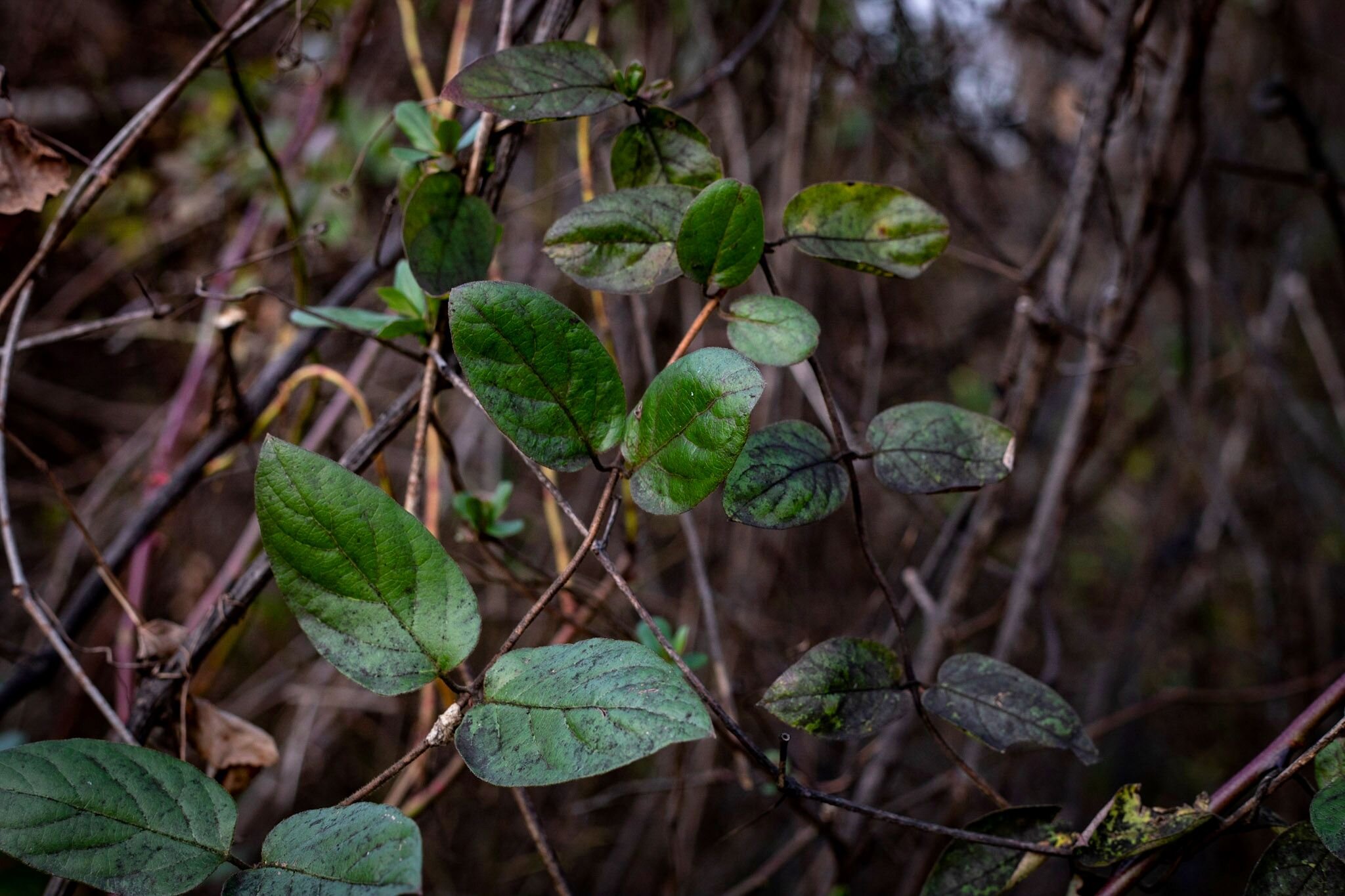

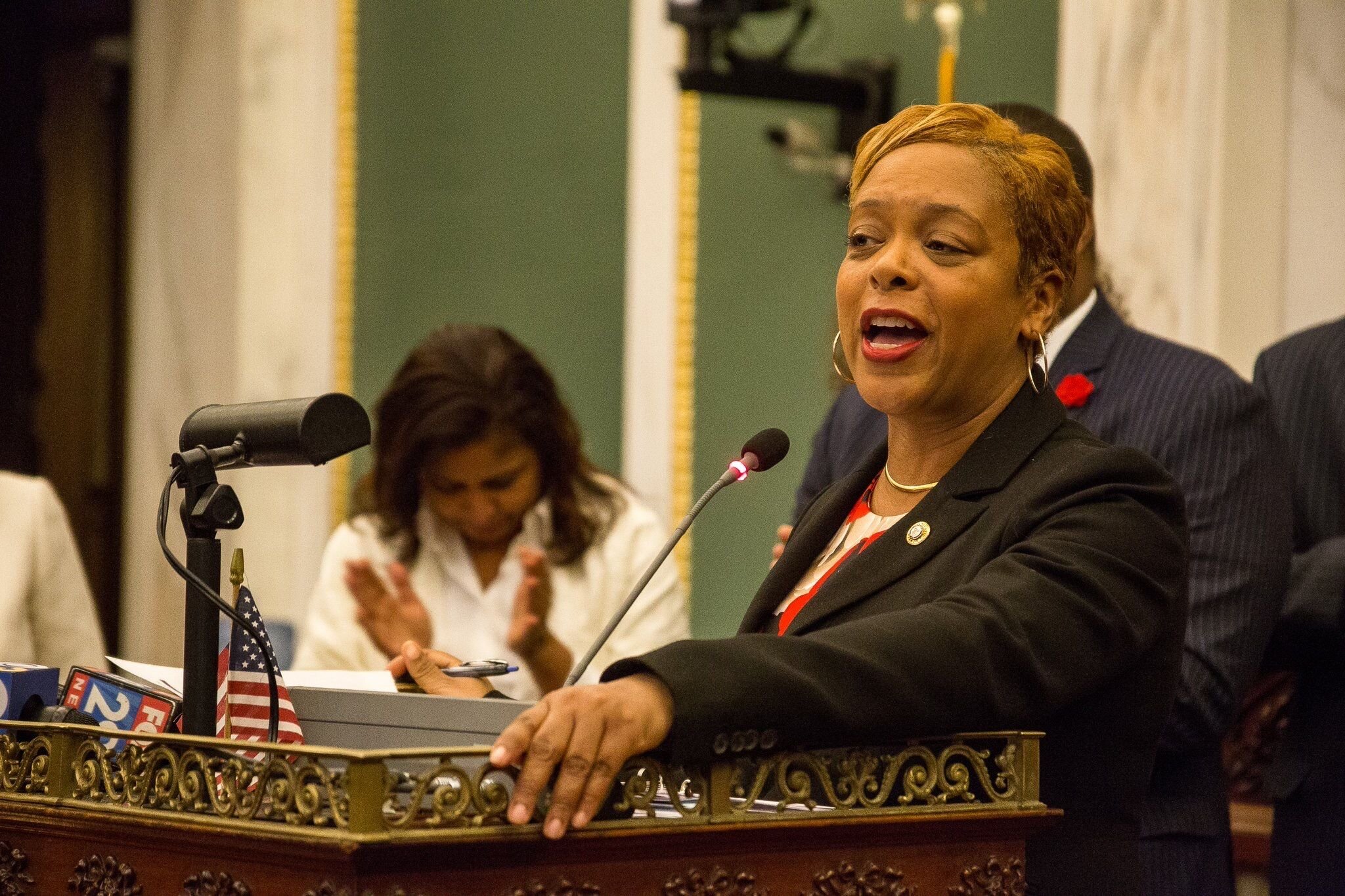

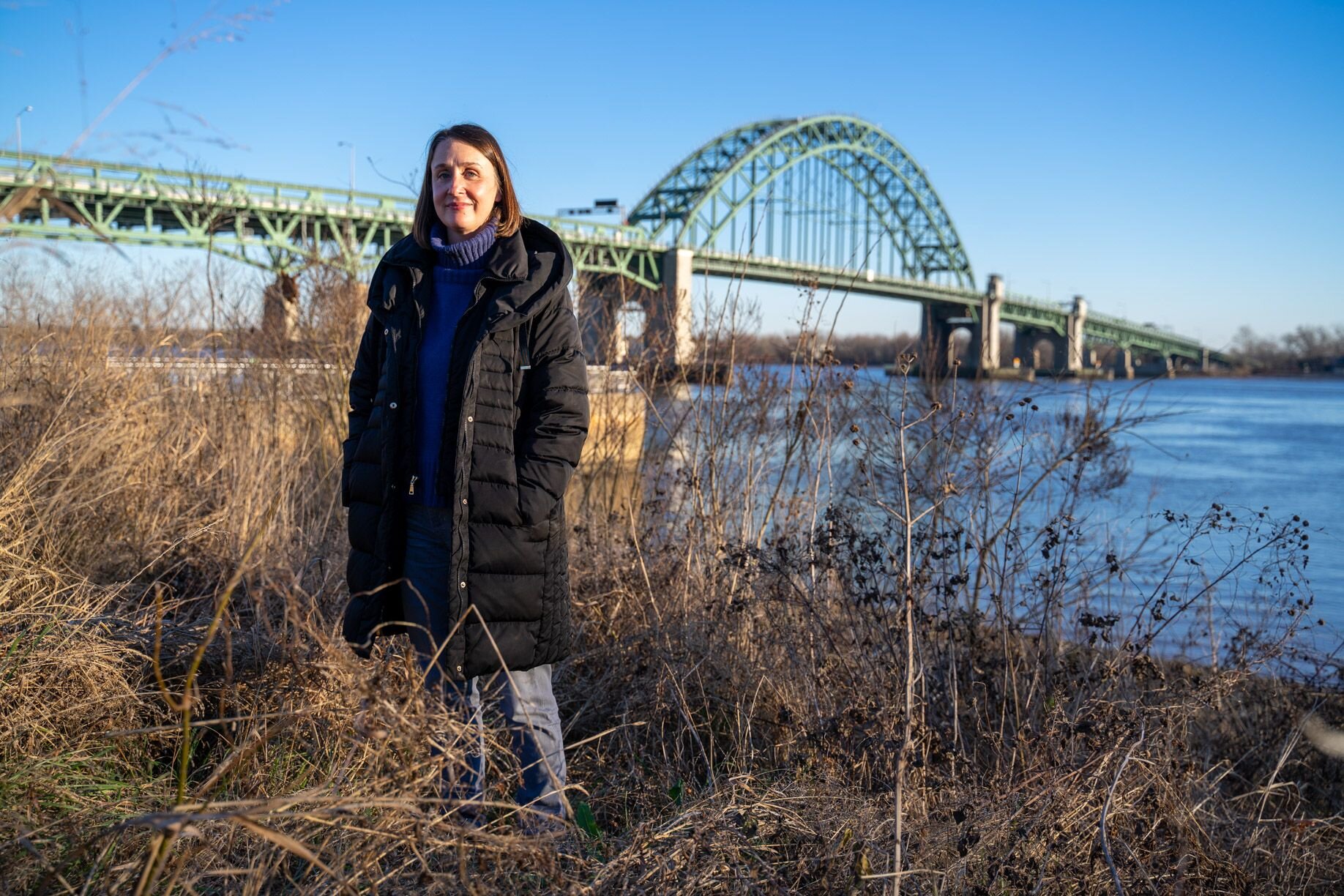
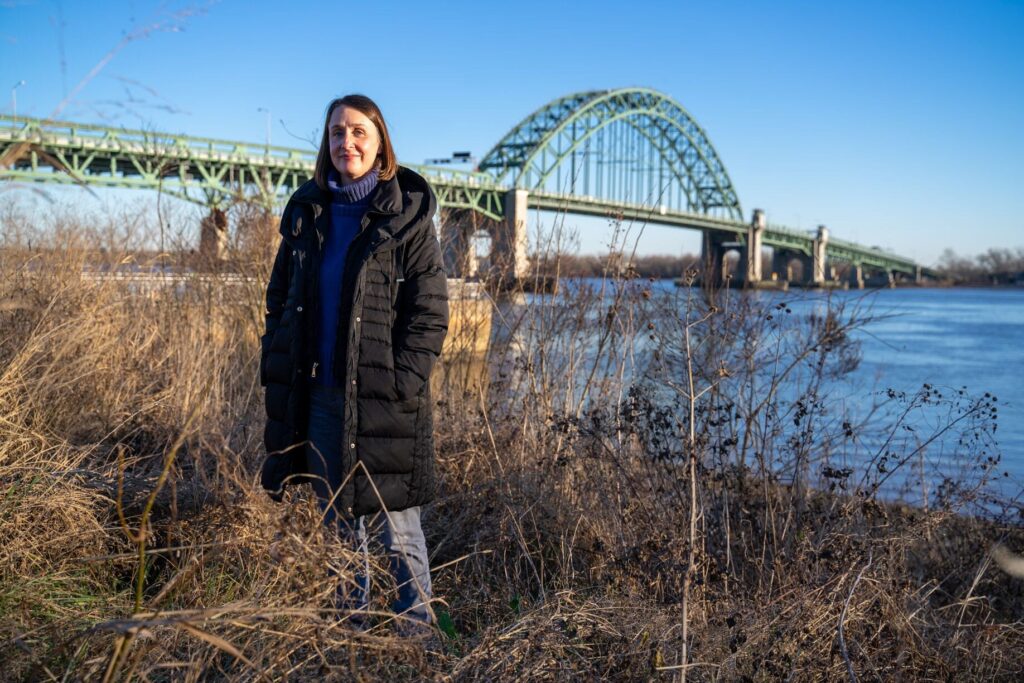



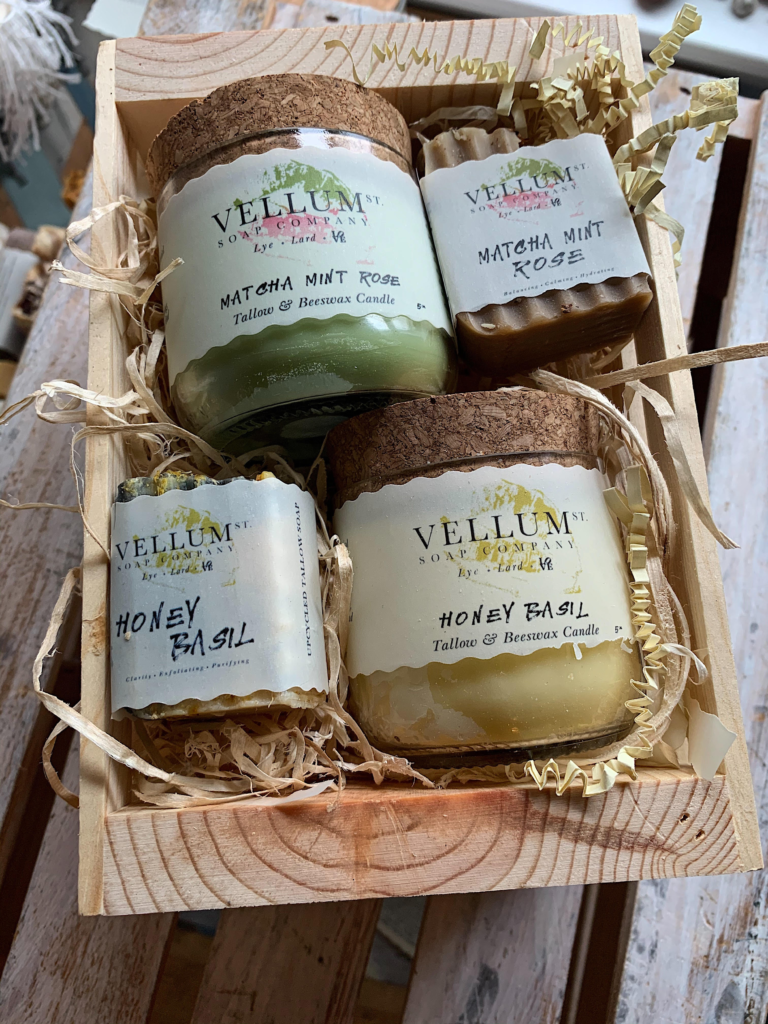
This article upsets me deeply. Please get more manpower. Children are born with hundreds of chemicals in their bodies. All synthetic pesticides, herbicides kill- Any chemical that kills is not good for humans or wildlife. A growing number of individuals are developing Multiple Chemical Sensitivity, such as myself, due to these toxic chemicals, and we are trapped in our homes, unable to go places and enjoy our lives. Children are dying of cancer. It is not fair we are forced to be exposed to these toxins allowed by our lax government. Many toxic chemicals , continually approved by our lax government, have been banned in other countries for many years. A little here, a little there, cancer everywhere.